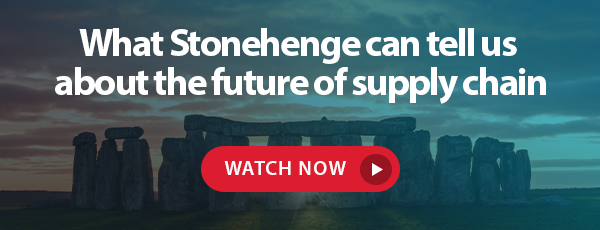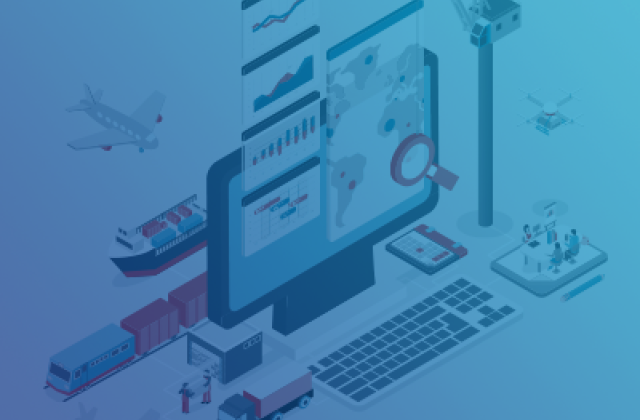What can a monolithic, prehistoric stone circle crafted thousands of years ago teach us about the future of supply chain? It might seem an odd question when you think about today’s highly complex global supply chains vs. a Neolithic period structure that predates the invention of the wheel. If you were to look into the topic a little further, like Polly Mitchell-Guthrie, VP Industry and Thought Leadership at Kinaxis, you might be surprised what you find.
As part of the recent Business Reporter Industry View, Polly shares insights on why Stonehenge’s stones aren’t the only aspect of the site that have endured. “The mysteries involved in understanding this part of English history continue to fascinate, but in spite of what we still don’t know, when you view everything as a supply chain, some aspects stand out and make for a colorful comparison,” says Polly.
She goes on to discuss four elements of the Stonehenge supply chain and why they still matter today and will in the future:
- The planning involved was momentous
- The sourcing strategy was global
- Innovative technology was used to make it
- Supply chains are made by and for humans
How to build a more resilient supply chain
The other half of the Business Reporter Industry View double bill features a video interview with Anne Robinson, Chief Strategy Officer, Kinaxis. During the chat, Anne also shares her insights on the future of supply chain, including the balancing act between technology and technique. She talks about the three elements companies need to build a more resilient supply chain: transparency, the ability to stress test through scenarios and the ability to pivot through agility. And if you’re wondering how these elements play out in the real world, you’ll find a couple of great examples of how two global leaders – P&G and Technicolor Connected Home – are reaping the benefits of a more agile and resilient network.
Technology + humans = supply chain success
Something that Polly and Anne both stress in their respective discussions is that, while companies need innovative technology like AI and machine learning to take their supply chains into the future, one thing they can’t afford to ignore is the need for human intelligence. “Yes, intelligent automation brings a ton of value to the supply chain, but it’s not pervasive. You still need a human to be able to interact in areas of critical value and challenge,” says Anne.
And when it comes to Stonehenge and supply chain, “It was humans who carried out the work and the reason why Stonehenge exists. Because past, present, and future, supply chains are human,” concludes Polly.
To learn more about Stonehenge and the future of supply chain, watch Polly’s presentation from the IMXH Connect summit, where she delved deeper into the topic.






